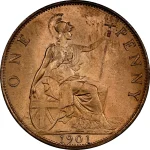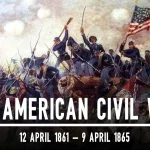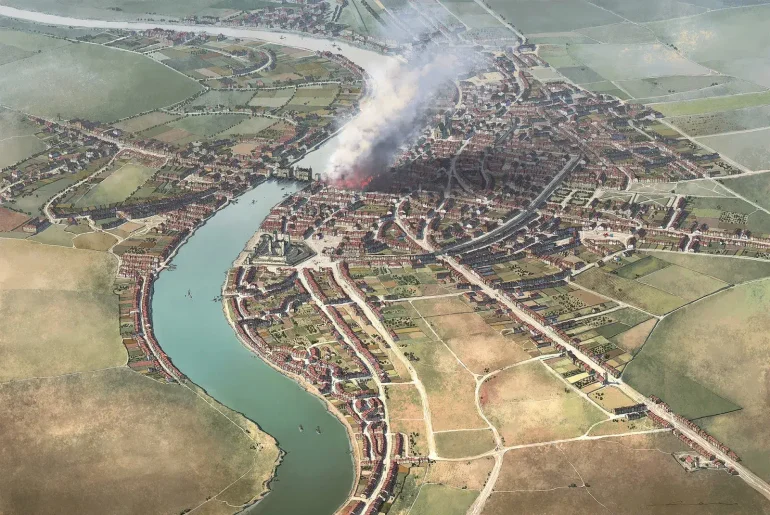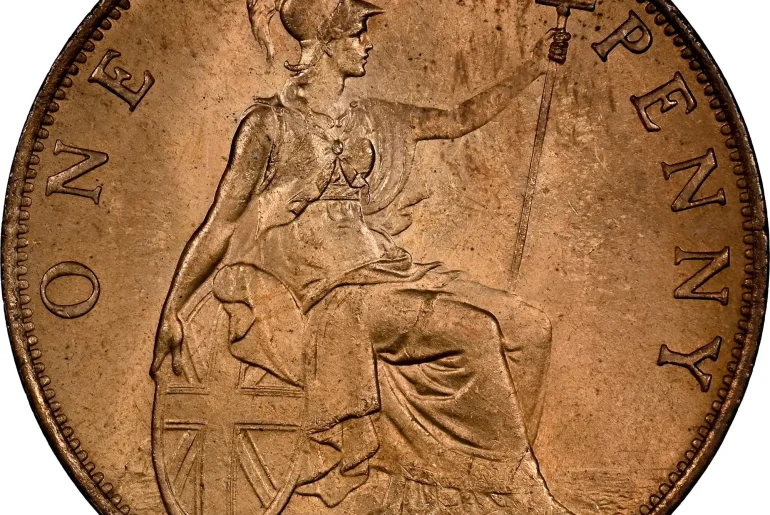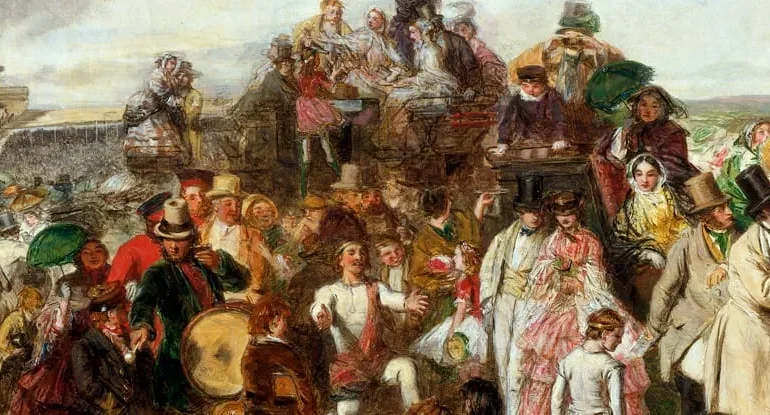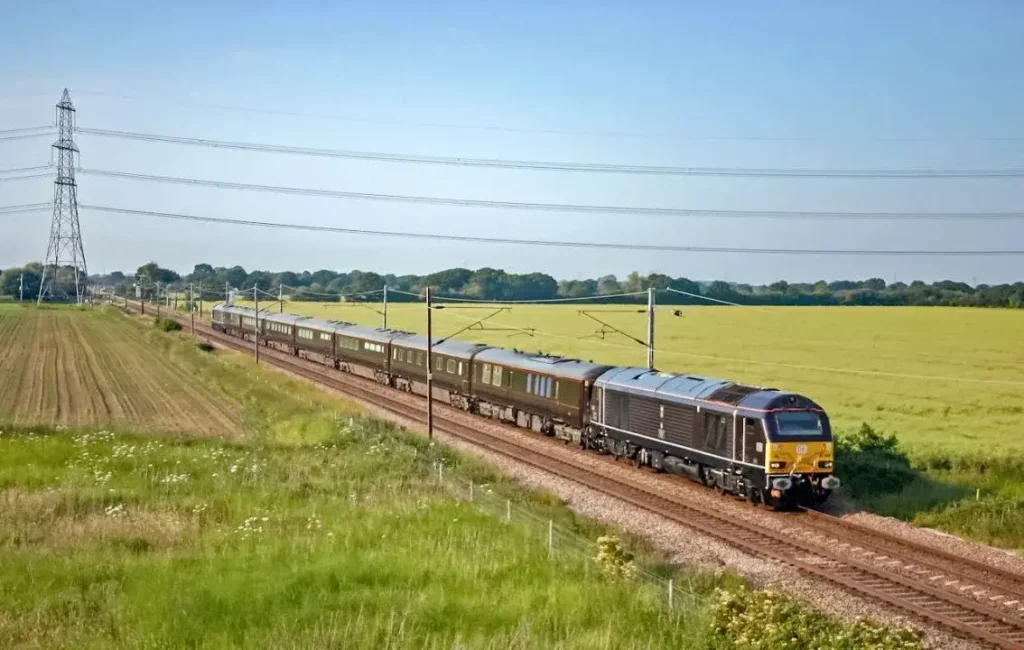
For over 175 years, the Royal Train has been an enduring symbol of British monarchy, tradition, and prestige. But in a historic decision, this icon of royal travel is set to retire, marking the end of an era that stretches back to the reign of Queen Victoria. As the world moves into a more modern, sustainable age, the Royal Train will soon be consigned to history but not without celebrating the legacy it leaves behind.
A Regal Journey Through Time
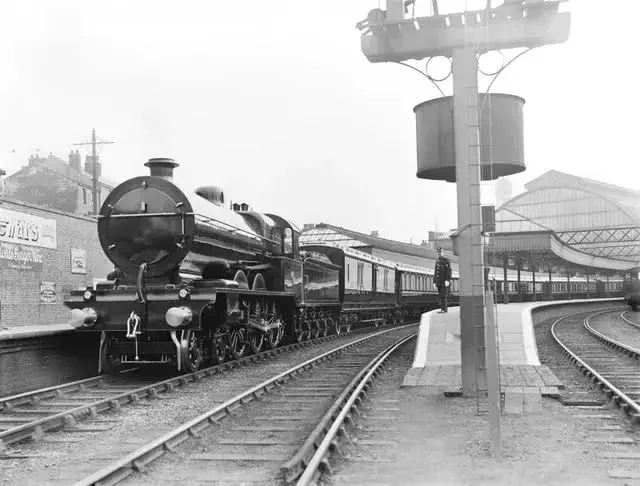
The Royal Train was first used in 1842, when Queen Victoria made a short journey from Slough to Paddington. It was the dawn of railway travel, and the Queen’s decision to travel by train signaled a royal endorsement of the new technology. From that moment on, the Royal Train became more than a mode of transport it was a mobile palace, a statement of power and elegance on wheels.
Throughout the 19th and 20th centuries, successive monarchs used the Royal Train for official duties, regional tours, and ceremonial journeys across the United Kingdom. With its luxurious interiors, security features, and meticulously planned routes, it allowed the monarch to travel in comfort and privacy while remaining connected to the people.
The Modern Royal Train
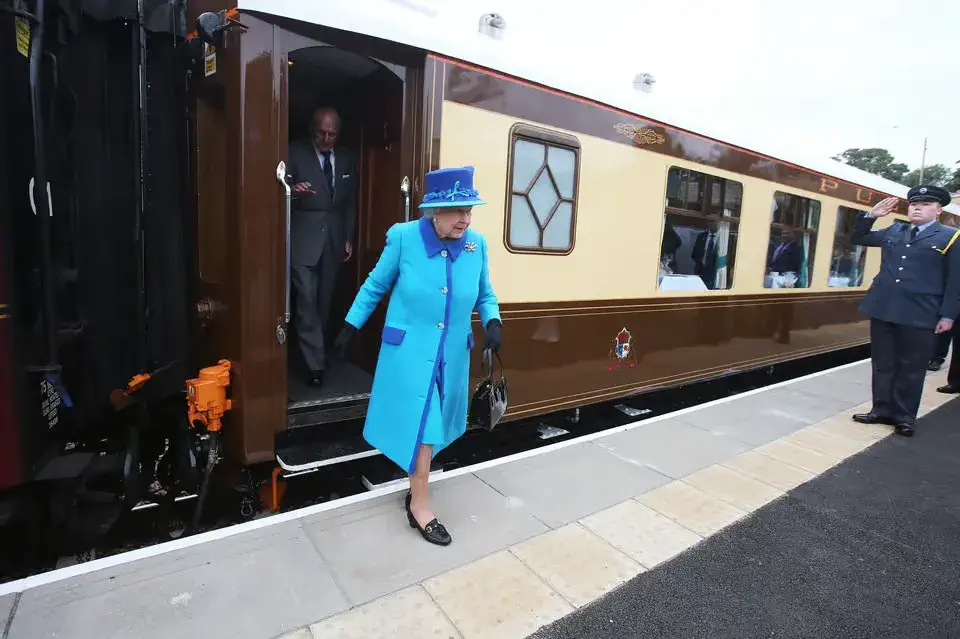
The current Royal Train, introduced in 1977 during Queen Elizabeth II’s Silver Jubilee, comprises nine burgundy-liveried carriages fitted with bedrooms, dining areas, and offices. While its exterior is modest compared to royal yachts or limousines, the train’s interior is tailored to the needs of a reigning monarch with Queen Elizabeth herself famously calling it “the only place I can truly relax.”
In recent years, the Royal Train has been used sparingly due to rising costs and environmental concerns. Its journeys, often under cover of night, were emblematic of a royal family that maintained tradition while adjusting quietly to modernity.
Why Retirement Now?
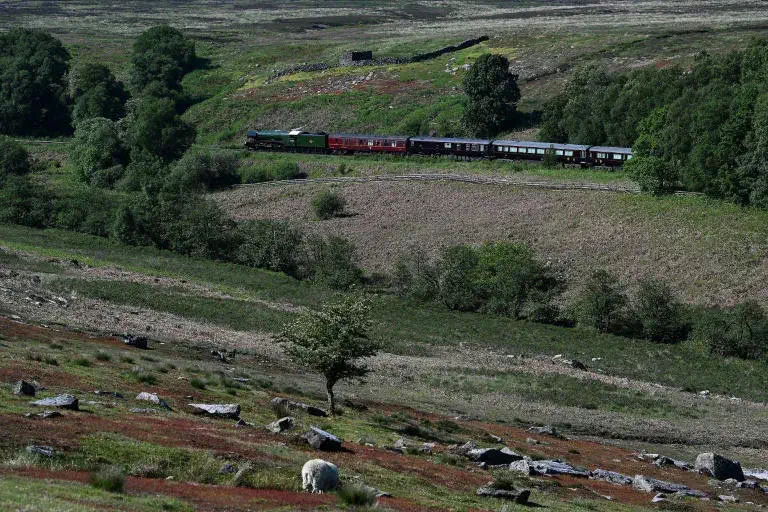
The decision to retire the Royal Train reflects both financial and environmental realities. With upkeep costing taxpayers over £1 million annually, its use has come under scrutiny. Additionally, the British royal family has increasingly embraced eco-conscious transportation, including electric vehicles and commercial train services.
King Charles III, known for his environmental advocacy, has used the train only a handful of times. Buckingham Palace has not confirmed whether a replacement will be introduced, but the tone suggests the era of opulent royal rail journeys is coming to a graceful end.
Historical Highlights of the Royal Train
- 1842: Queen Victoria takes the first-ever royal train journey.
- 1900s: King Edward VII and King George V expand the train’s use across the empire.
- 1941: During WWII, King George VI uses a heavily armored Royal Train.
- 1981: Prince Charles and Princess Diana use it during their honeymoon tour.
- 2020: Queen Elizabeth II and Prince Philip make one of their final journeys aboard it.
A Legacy on the Move
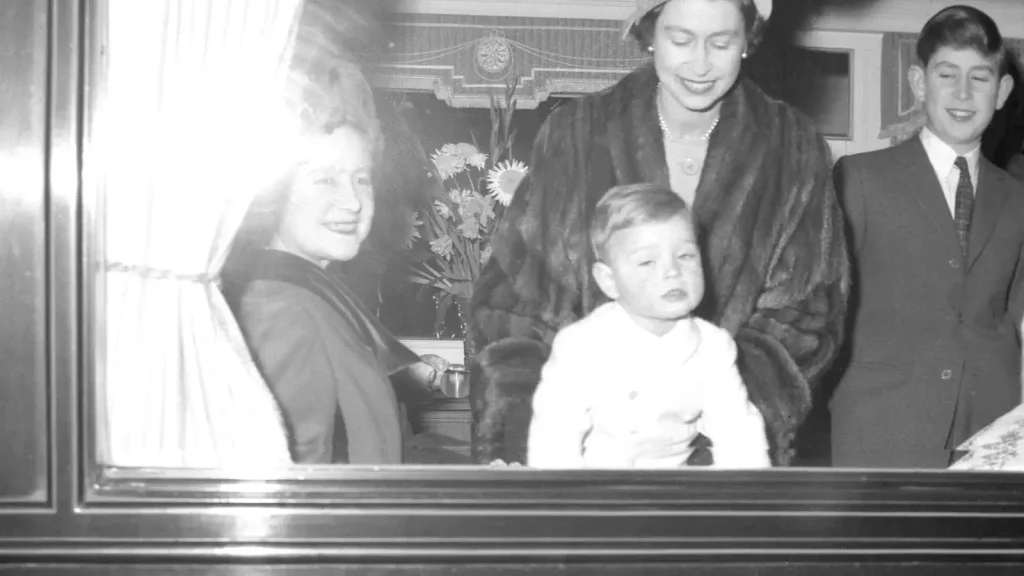
Though the Royal Train is retiring, its history will remain etched in Britain’s cultural memory. It carried monarchs during world wars, jubilees, and national celebrations. It bridged tradition with technology, formality with accessibility.
Its carriages may one day be displayed in museums or heritage railways, offering the public a chance to step inside a royal world few ever experienced. For historians and royal watchers, the Royal Train’s legacy is more than iron and wood it is a symbol of continuity, diplomacy, and the quiet elegance of royal service.
Conclusion: The End of the Line, But Not the Legacy
As Britain bids farewell to the Royal Train, we are reminded that even institutions as ancient as monarchy must adapt. The train’s retirement may signal a shift toward a more modern and modest royal family, but it also opens the door to honoring a grand chapter in British royal history.
For more fascinating stories about the UK’s royal past and historical traditions, stay tuned to Axrota.com where history lives on.

